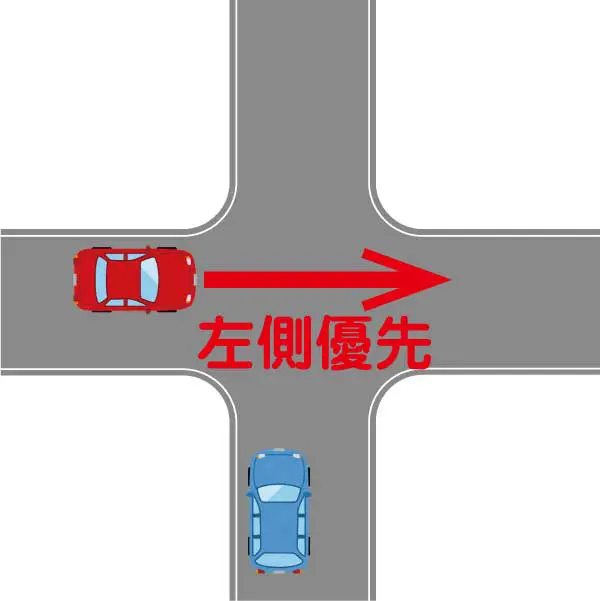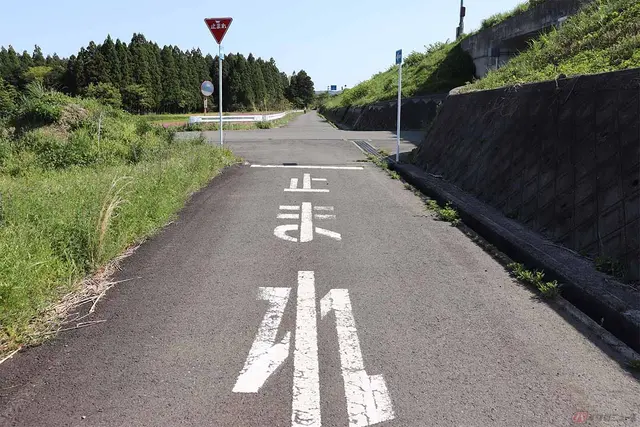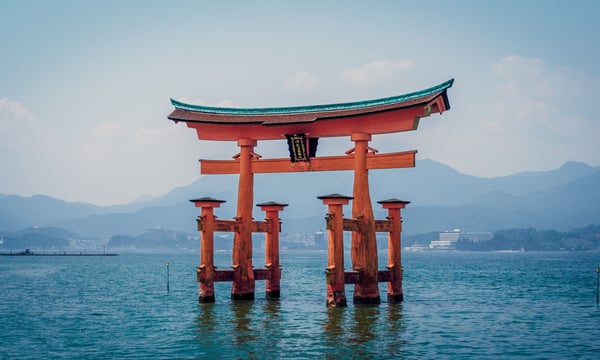I never expected that the first foreign driver's license I'd get would be from Japan.
For foreigners living in Japan with a driver's license from their home country, most can convert their license into a Japanese one. This process is called "foreign license conversion," and the Tokyo Metropolitan Police Department provides online guidance: https://www.keishicho.metro.tokyo.lg.jp/menkyo/menkyo/kokugai/kokugai05.html
For individuals from the following countries and regions, no test is required:
Iceland, Ireland, the United States (only Ohio, Oregon, Colorado, Virginia, Hawaii, Maryland, and Washington), the United Kingdom, Italy, Australia, Austria, the Netherlands, Canada, South Korea, Greece, Switzerland, Sweden, Spain, Slovenia, the Czech Republic, Denmark, Germany, New Zealand, Norway, Hungary, Finland, France, Belgium, Poland, Portugal, Monaco, Luxembourg, Taiwan
However, Chinese nationals must take a test.
Before the test, a few steps are required:
Preparing the Materials
- A basic driver information form (with the seal from the domestic vehicle management office, including the scores for the three subjects obtained in the year the license was issued)
- The driver's license (both the original and a copy of the Chinese driver's license must be presented)
- A translation of the driver's license (in Tokyo, this needs to be done by the "Japan Automobile Federation (JAF)")
- Photographs
- Residence card, passport
Registration Process for the Test
In Tokyo, there are only two places to go for registration: "Fuchu Driving Test Center" and "Samezu Driving Test Center."
The differences between them are as follows:
- Fuchu's staff do not speak English, there are only two test routes, the routes are longer, and the waiting time for the test appointment is shorter.
- Samezu's staff speak some English, there are a total of eight test routes, the routes are shorter, and the waiting time for the test appointment is longer.
You can choose the appropriate test center based on your situation.
For example, someone who does not understand Japanese at all might need to memorize all the routes, so Fuchu would be a better choice because only two routes need to be memorized.
Alternatively, if someone does not mind the waiting time and knows some Japanese, Samezu would be a better choice.
Since we're on the subject of language, let's add a bit about language issues:
- The test has two rounds; the first round is a computer-based test on traffic rules, available in Chinese, which is very easy to pass; the second round is a driving test on the course.
- For registration, you need to understand a bit of Japanese; if you don't, you'll need a translator. Many driving schools in Tokyo offer a one-stop service for a fee.
- During the course test, the police will issue instructions in Japanese. If you don't understand, you'll need to memorize the routes, which is also fine.
- Actually, the requirement for Japanese in the course test is very low; as long as you can understand numbers below 30 and know how to distinguish left from right, you're good to go.
Generally, you can take the computer-based test on the same day you register. After passing it, you can schedule the course test.
Studying the Traffic Rules
The Japan Automobile Federation mentioned above publishes a booklet called "Chinese Version of 'Traffic Rules'", which, although mostly not covered in the test, is still recommended for serious systematic study to avoid regretting not having studied it when needed.
After registration, the test center will also provide a few sheets of paper describing the contents of the course test (which need to be memorized).
Test Content
For foreigners who already have a driver's license from their home country, the difficulty of the test for exchanging it for a Japanese license is very low, and many items do not need to be tested. Compared to starting from scratch in Japan, it's much easier.
First, let's talk about the two main principles the examiner will focus on: one, whether the driving skills meet the standard; two, whether safe driving is possible.
In simple terms, it's about whether you can drive and whether going out driving will pose a threat to others.
For those with driving experience, meeting the driving skills standard is definitely not a problem. Here's a brief list:
- Accelerate on straight roads, slow down on curves, and ensure smooth acceleration, deceleration, and stopping throughout.
- Do not cut corners on narrow curves.
- Know the rules for traffic lights.
- Understand stopping signals.
Let's talk more about safe driving.
Safe Driving
Tokyo is a narrow city with many places lacking separate bike lanes and sidewalks. For this reason, there are some additional driving requirements, such as the following two:
Stick
to the Side Before Turning
Before turning left or right at a fork, after signaling, move the vehicle to the side of the turn. For example, stick to the left when turning left and to the right when turning right. The distance between the edge of the road and the car should be such that a bicycle cannot pass through.
The purpose is to prevent bicycles from slipping in while turning. For example, when turning left, do it like this:

Look Back Before Actually Turning
This has two purposes:
- To double-check that there will be no bicycles or pedestrians cutting in while turning.
- To check whether there are pedestrians crossing the road, and if so, let them go first.
After Switching Turn Signals, Check Three Places
These are the rearview mirror, the left or right side mirror, and turning your head to the left or right. After checking and seeing no issues, then turn the steering wheel.
Right of Way
Simply put, it's straight roads > leaving a main road > entering a main road; left > right. When entering different roads, if you do not have the right of way, you must wait.
For example, if you are on a side road at a T-junction and want to enter the main road, you need to ensure that there are no vehicles on the main road and that no vehicle from your intended direction is entering the side road, otherwise, you must wait in place and not force your way through.

Stop Signs
When encountering a stop sign, you have zero right of way. You must stop for 3 seconds before the sign, ensuring there are no other vehicles from the left or right before proceeding.
Japan has many stop signs. This is an important part of the test. Simply put, stop for three seconds upon seeing the sign. During this time, look to the right, look to the left, look to the right again, and if there are no cars, continue; if there are, keep stopping.
For example, the white "止まれ" on the road and the red sign on the left both mean this:

Other Tips
The Impact of Driving on the Left
Initially, I thought the unfamiliarity of driving on the left would be strong, but in fact, there wasn't much difference. Except at the beginning, I always mistook the wiper lever for the turn signal. It didn't take long to adapt.
About Going to Driving School to Practice
For someone like me who doesn't drive often and has poor hand control, I feel it's better to practice for a couple of hours at a local driving school the day before the test. Unless you're particularly bad, I think two hours should be enough to get a feel for it.
About Experience Videos on Xiaohongshu and YouTube
There are many experience videos on Xiaohongshu and YouTube. There are also Chinese driving school instructors who secretly filmed a lap around the test center and posted it on Xiaohongshu, but this is illegal, so don't follow their example.
Actually, I don't think these videos are very useful. First, you really can't make heads or tails of them; second, the test area is very small, and the test center has already outlined it for us.
About Mishearing Instructions Due to Poor Japanese
No worries, the police know you're a foreigner, so don't panic. If you've driven past, just circle back and try again.
Well, that's about all there is to know about the process for foreigners to exchange their driver's licenses in Tokyo. I wish everyone good luck on their test.
By the way, on the day of the actual test, the examiner will go over all the content mentioned above with the foreigners taking the test that day, which is very considerate.
Reflections
Honestly, I'm someone who can't derive any joy from driving and doesn't like cars, and of course, my driving skills aren't great.
For me, a car is just a tool for moving from point A to point B. I spent some time in Los Angeles before, where you have to drive everywhere—it's not that I can't drive, but it's really inconvenient.
Living in Tokyo has its advantages, as you don't need to drive at all. Rail transport is fast, convenient, and safe.
But then, why do I still need a driver's license? Because if you go to rural areas for leisure, it's very inconvenient without a car. Once you leave the urban areas for the countryside in Japan, it's like living in a vast American rural area.
For example, last year, thanks to a friend, I was dragged out to Nagano for
a trip. The place felt like the American countryside: since it was a vacation and we weren't staying near a station, it took a five-minute drive just to get to a convenience store. In such situations, how could you manage without a car?
Moreover, if I end up not living in an urban area in the future, having a car would greatly expand my range of activities. Although I don't like camping, for instance, being able to go to the beach on weekends—places without rail transport—would help me put down my phone and meet up with friends more.
So, when will fully autonomous driving become a reality?





